Dash cams work by continuously recording video footage of the road ahead and sometimes the inside of the vehicle, using built-in cameras and storage memory. These devices are typically mounted onto the windshield or dashboard and automatically start recording when the vehicle is turned on.
Components Of Dash Cams
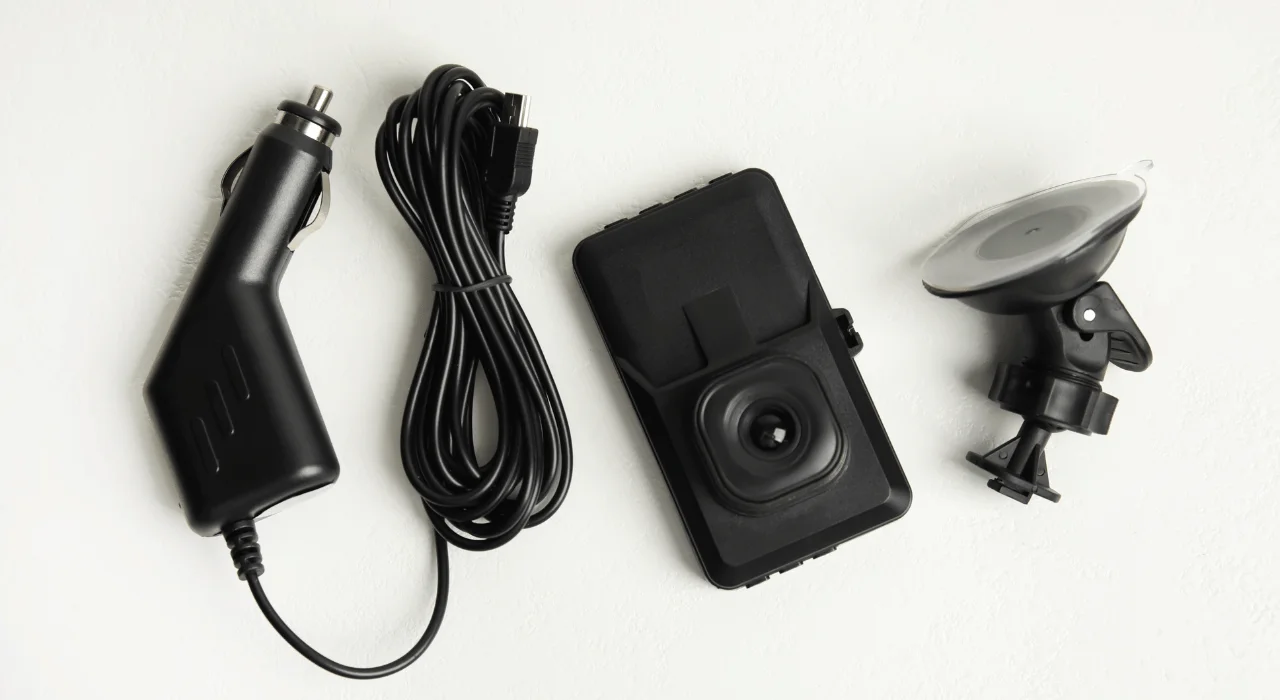
Dash cams consist of a lens, image sensor, and storage unit. The lens captures video footage, while the image sensor processes the visuals. The storage unit saves the footage for later viewing and analysis. These components work together to record and store driving footage, providing valuable evidence in the event of an accident or incident.
The essential components of dash cams contribute to their functionality and recording capabilities.
-Camera Lens
The camera lens is responsible for capturing high-quality footage of the road ahead.
-Memory Card
A memory card stores the recorded videos and is essential for the dash cam to function.
-Processor
The processor within the dash cam manages the recording, storage, and overall performance.
-Mounting System
A sturdy mounting system ensures that the dash cam remains securely in place while recording.
Functioning Of Dash Cams
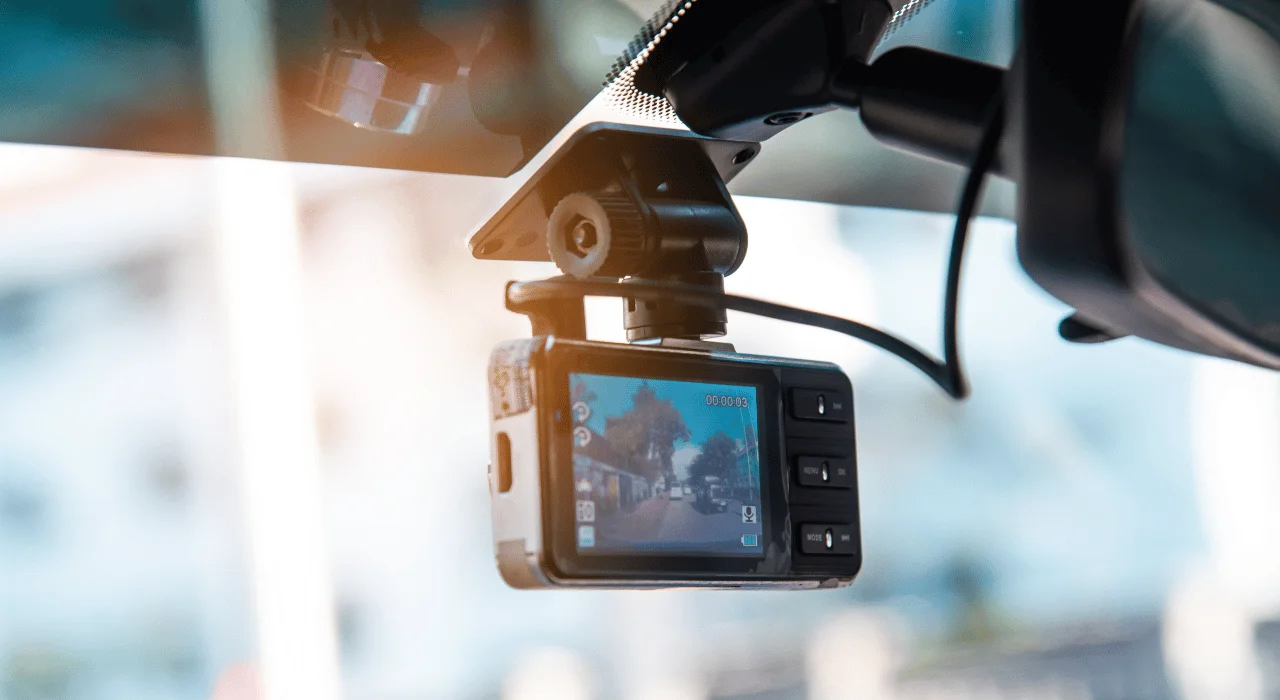
When it comes to dash cams, understanding their functioning is essential. Dash cams are compact devices that are usually mounted on the windshield or dashboard of a vehicle. These small cameras continuously record video footage from the front or rear of the vehicle while you are driving. They are designed to provide a record of events that occur on the road, capturing both accidents as well as everyday occurrences.
Recording Process
One of the key features of dash cams is their ability to record video footage. When you start your car, the dash cam automatically begins recording, capturing everything that happens on your journey. The recorded footage is stored on a memory card, which can be easily removed and reviewed at any time. Dash cams use a continuous recording process, ensuring that no important events or incidents are missed.
Loop Recording
Loop recording is a valuable function of dash cams. It allows the device to overwrite old video files with new ones once the memory card becomes full. This ensures that you always have the most recent footage available. By using loop recording, you don’t have to worry about the camera stopping because the storage is full.
Impact Detection
Another important feature of dash cams is impact detection. These devices are equipped with built-in sensors that detect sudden changes in acceleration or deceleration. When an impact is detected, such as a collision or hard braking, the dash cam automatically saves the video footage from a few seconds before and after the incident. This feature can provide crucial evidence in case of an accident or insurance claims.
Date And Time Stamp
Dash cams also include a date and time stamp function, which ensures that the recorded footage is accurately timestamped. This information is crucial for legal purposes or when providing evidence of events. By having the date and time embedded in the video, it becomes easier to reference specific moments and establish a timeline of events.
Types Of Dash Cams
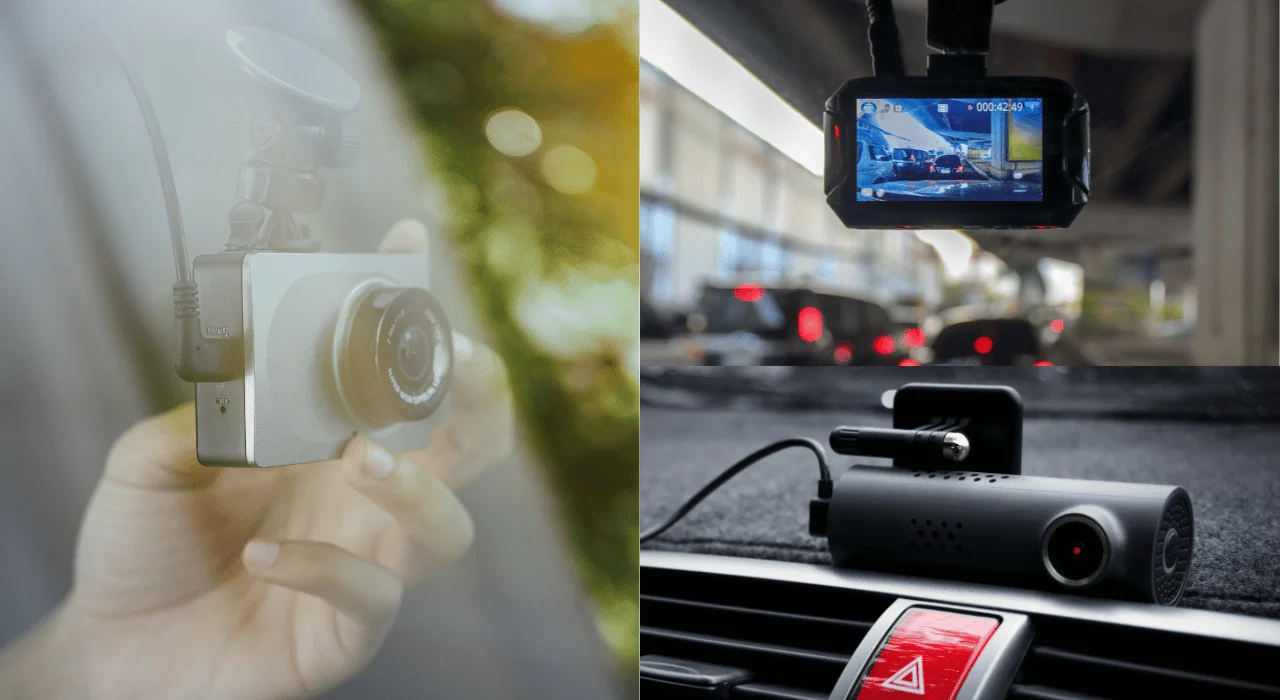
When it comes to dash cams, there are various types available on the market to cater to different needs and preferences. Understanding the different types of dash cams can help you make an informed decision when choosing the right one for your car. In this article, we will explore the three main types of dash cams: basic dash cams, advanced dash cams, and wireless dash cams.
Basic Dash Cams
Basic dash cams are the most common and affordable type of dash cam. They are designed to record video footage of the road ahead and sometimes the interior of the vehicle. These cameras generally have a loop recording feature, which means they overwrite the oldest video files when the memory card is full. Basic dash cams typically offer standard video quality and may lack advanced features such as GPS, Wi-Fi connectivity, or cloud storage.
Advanced Dash Cams
Advanced dash cams are equipped with a range of additional features and capabilities compared to basic models. These dash cams often include built-in GPS for recording location data, Wi-Fi connectivity for easy file transfer, and higher resolution video recording for enhanced clarity. Some advanced dash cams also offer features such as parking mode, which allows the camera to continue recording while the vehicle is parked, and collision detection to automatically save footage in the event of an accident.
Wireless Dash Cams
Wireless dash cams are a convenient option for those who prefer a streamlined and cable-free setup. Unlike traditional dash cams that require a physical connection to the vehicle’s power source, wireless dash cams are powered by a built-in rechargeable battery or capacitors. These cameras often feature Wi-Fi or Bluetooth connectivity for easy video transfer to a smartphone or computer. While wireless dash cams offer greater flexibility in terms of placement and installation, they may have shorter battery life compared to wired models.
Choosing The Right Dash Cam
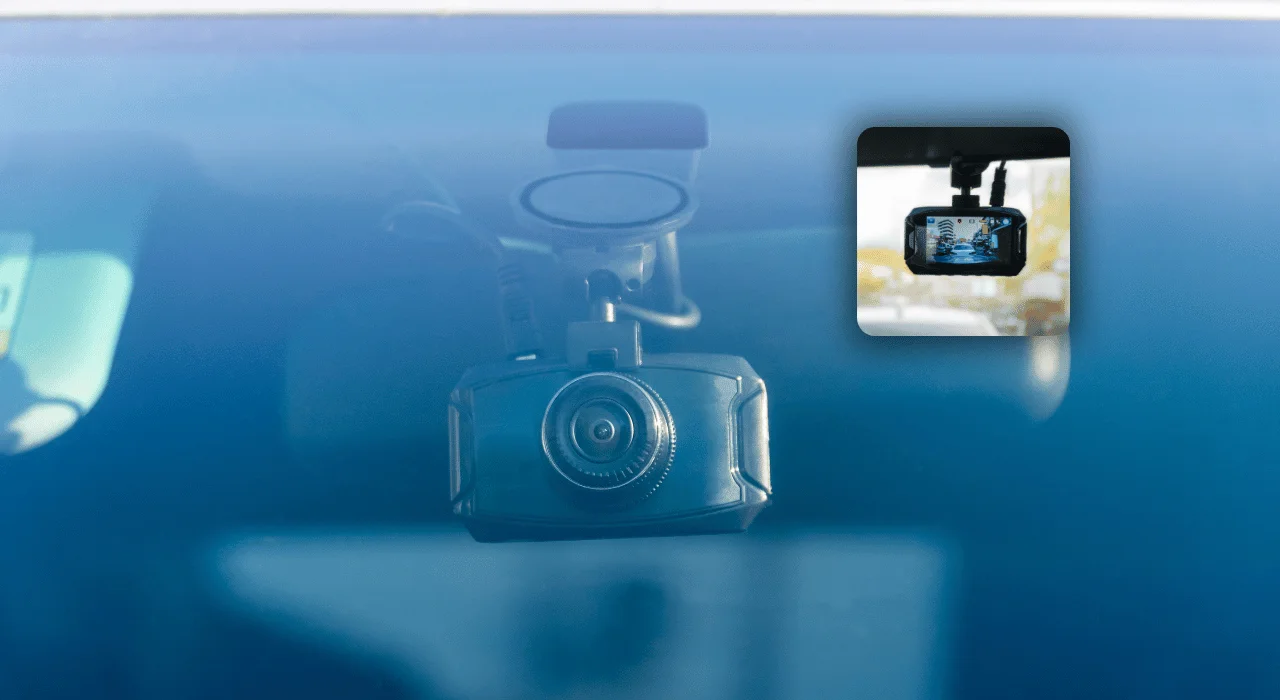
Dash cams have become a valuable tool for drivers, providing a sense of security and evidence in case of accidents or disputes on the road. However, with a wide range of options available, it can be overwhelming to choose the right one. When considering a dash cam, certain factors such as video quality, field of view, low light performance, and additional features should be taken into account to ensure you make the best choice.
Video Quality
Video quality is a crucial factor in determining the effectiveness of a dash cam. Look for a dash cam that offers high-resolution footage, preferably 1080p HD or higher. This ensures that details such as license plate numbers and road signs are clearly visible, providing essential evidence in case of incidents.
Field Of View
The field of view of a dash cam determines the area it can capture. A wider field of view, ideally at least 140 degrees, ensures that the camera can capture a broader perspective of the surroundings. This is vital for recording more comprehensive evidence and providing a full view of any incidents.
Low Light Performance
Low light performance is essential as accidents and incidents can occur at any time of day. Look for a dash cam with high-quality sensors and low-light recording capabilities to ensure that footage remains clear and detailed even in dimly lit or nighttime conditions.
Additional Features
When choosing a dash cam, consider additional features such as GPS, built-in Wi-Fi, motion detection, and parking mode. These features can enhance the functionality of the dash cam, providing added convenience and security in various driving scenarios.
By considering these factors, you can make an informed decision when selecting a dash cam that suits your specific needs and provides the required level of functionality and performance.
Installing A Dash Cam
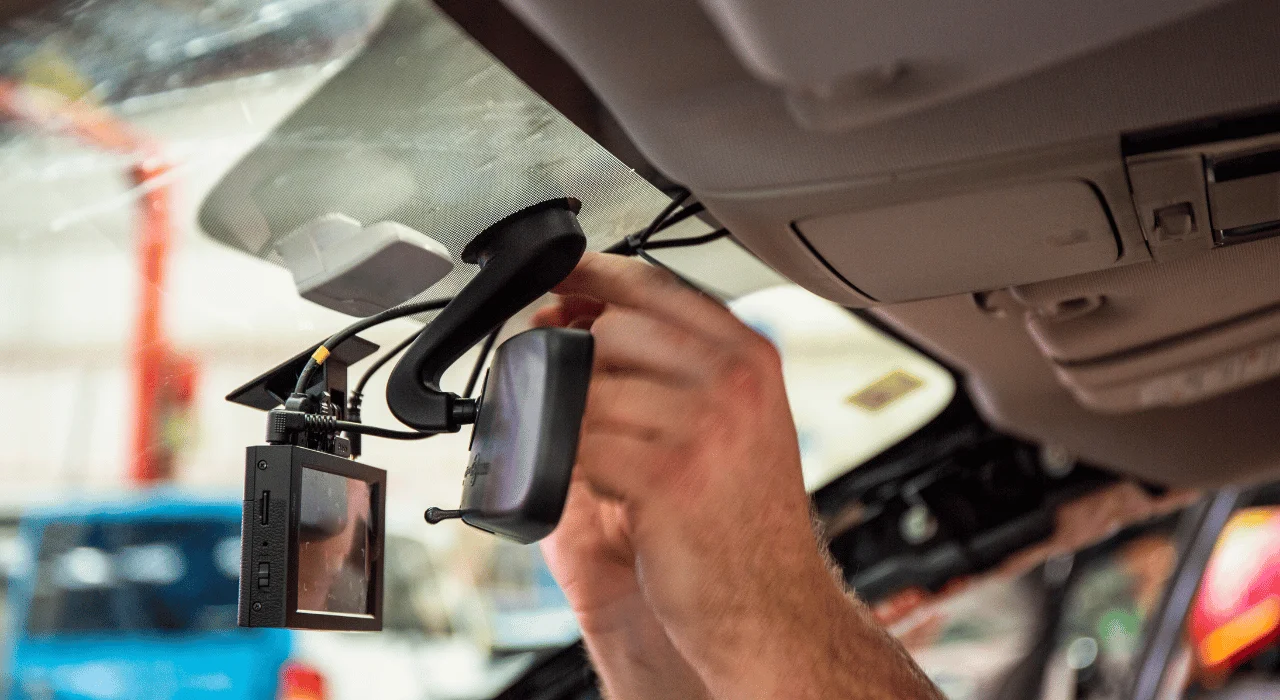
Dash cams are becoming essential for many drivers, providing a reliable way to capture incidents on the road. These small cameras record high-quality footage that can be used as evidence in accidents or insurance claims. With their easy installation process, dash cams offer peace of mind for all drivers.
Installing a Dash Cam Installing a dash cam is a straightforward process that can greatly enhance your driving experience. Whether you’re a novice or a seasoned driver, having a dash cam installed in your vehicle can provide you with peace of mind and valuable evidence in case of any incidents on the road. In this section, we’ll discuss the key steps involved in installing a dash cam, including choosing the placement, determining the power source, wiring, and adjusting the settings.
Choosing The Placement
When it comes to choosing the placement of your dash cam, it is important to consider visibility and functionality. You want to ensure that the dash cam’s field of view is not obstructed by any objects, such as rearview mirrors or windshield wipers. Additionally, it is recommended to position the dash cam in a location that won’t interfere with your view of the road. The ideal placement is usually behind the rearview mirror, as this allows for optimal coverage of the road ahead while remaining unobtrusive.
Power Source
Determining the power source for your dash cam is crucial for its proper functionality. Most dash cams are powered through the vehicle’s cigarette lighter socket or by hardwiring it to the car’s electrical system. If you choose to use the cigarette lighter socket, you will need to ensure that the power adapter is securely connected and that the cable is neatly tucked away to prevent any distractions while driving. On the other hand, hardwiring the dash cam involves connecting it directly to the vehicle’s electrical system, typically via the fuse box. This method provides a clean and seamless power supply without any visible cables.
Wiring
Proper wiring is essential for a clean installation and to avoid any potential hazards. Before you begin routing the wires, it is recommended to plan your route and secure the wires in a way that they are not exposed or create any obstruction. You can use wire clips or adhesive mounts to secure the cables along the edges of your windshield, down the A-pillar, and under the dashboard. This will not only keep the wires hidden but also prevent them from interfering with your driving. Be sure to avoid any sharp edges or areas that may damage the wires or impede their functionality.
Adjusting Settings
Once you have successfully installed the dash cam and connected the power source, it is time to adjust the settings to ensure optimal performance. Dash cams usually come with various settings that you can customize according to your preferences. These settings include adjusting the video resolution, setting the recording loop length, enabling or disabling audio recording, and adjusting the sensitivity of the G-force sensor.
It is important to refer to the manufacturer’s instructions to understand the available settings and make any necessary adjustments to suit your needs. Installing a dash cam doesn’t have to be complicated or time-consuming. By carefully choosing the placement, determining the power source, wiring the dash cam properly, and adjusting the settings, you can enjoy the benefits of this valuable device while ensuring a safe and seamless driving experience. Take the time to familiarize yourself with the installation process and enjoy the added peace of mind that comes with having a dash cam in your vehicle.
Legalities And Privacy Concerns
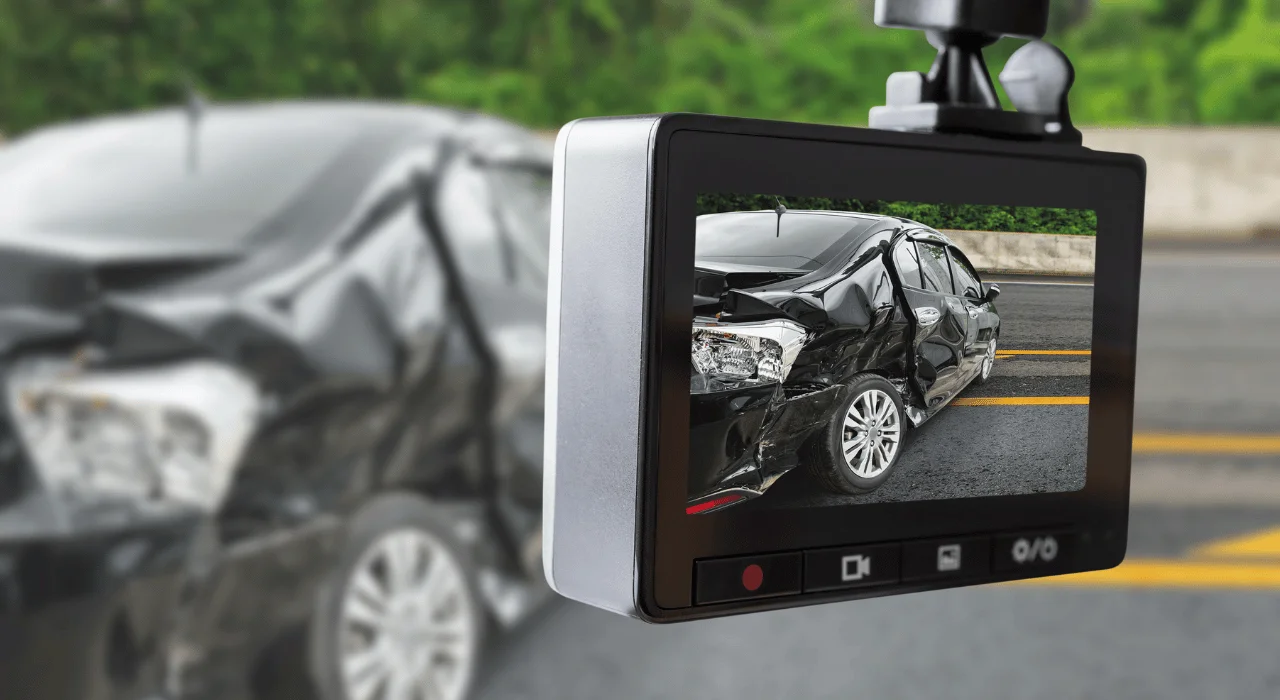
The legalities and privacy concerns surrounding the operation of dash cams are crucial to understand for both drivers and individuals being recorded.
Recording Laws
Each state has specific laws governing the use of dash cams in vehicles, dictating where and when recording is permissible.
Privacy Issues
Privacy concerns arise when dash cams capture footage of individuals without their consent or in private settings.
Data Protection
Ensuring proper data protection measures are in place is vital to safeguard recorded footage from unauthorized access or misuse.
Maintenance And Troubleshooting
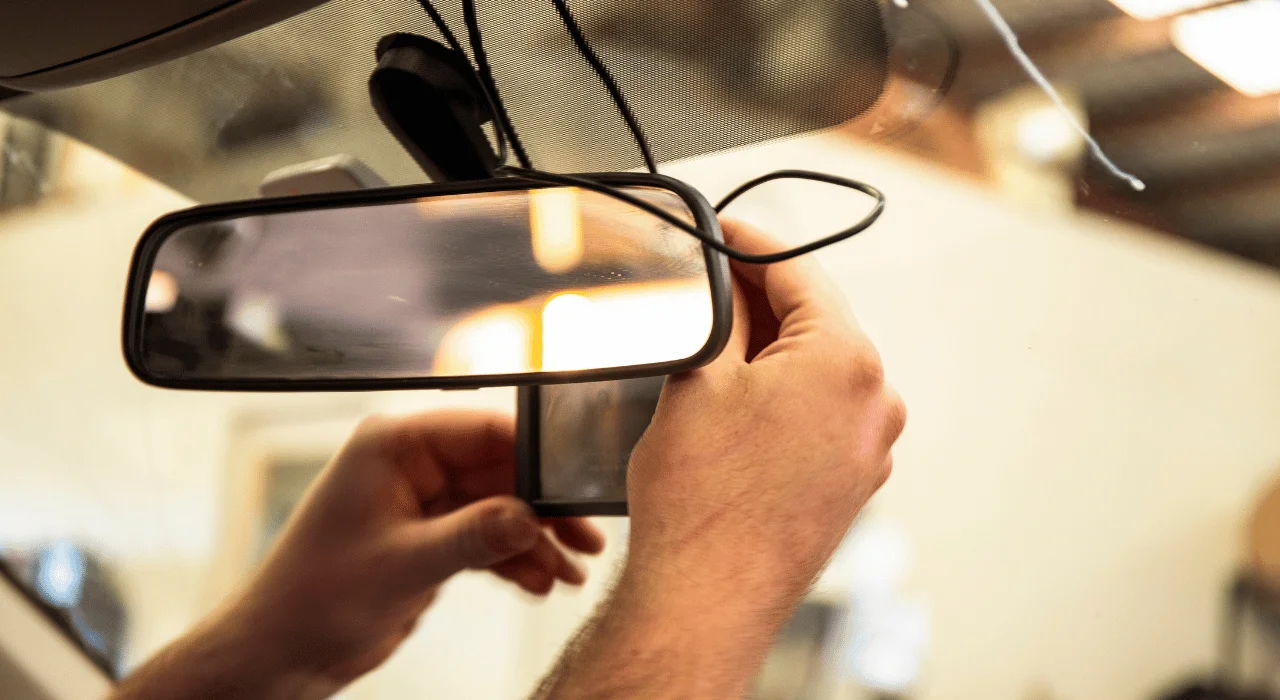
Explore the inner workings of dash cams, shedding light on their operation and troubleshooting techniques. Unveil the secrets behind how these devices function seamlessly to capture crucial footage and aid in road safety. Dive deeper into understanding the mechanisms that power dash cam technology.
Cleaning And Care
To ensure optimal performance, regularly clean the dash cam lens and housing with a soft cloth.
Avoid using harsh chemicals that could damage the device.
Common Issues
- Poor video quality due to dirty lens.
- Unexpected shutdowns or malfunctions.
- Memory card errors.
Troubleshooting Tips
- For poor video quality, clean the lens and adjust camera settings.
- If the dash cam shuts down, check power connections and the memory card.
- Format the memory card if errors persist.
Frequently Asked Questions about Dash Cams Work
Dash cams are small cameras mounted on the dashboard or windshield of a car to record the road ahead. They work by continuously recording video footage onto a memory card, which can be used as evidence in case of accidents or incidents.
It’s are powered by the car’s electrical system and can operate automatically when the car is turned on.
Yes, dash cams are legal in most places, but some locations may have specific regulations regarding their use. It’s important to check the local laws before installing a dash cam. Generally, using a dash cam for personal use and not obstructing the driver’s view is allowed.
However, the use of recorded footage may be regulated by privacy laws.
Yes, many dash cams have night vision capabilities using infrared light or low-light sensors to capture clear footage in low-light conditions. However, the effectiveness of night vision may vary depending on the specific model and lighting conditions. It’s important to choose a dash cam with good low-light performance if night recording is a priority.
Footage from dash cams is typically retrieved by removing the memory card and transferring the video files to a computer or mobile device. Some advanced dash cams may have wireless connectivity for easy transfer of footage. The recorded footage can then be viewed, saved, or shared as needed for insurance claims or other purposes.
Conclusion
To wrap up, dash cams are revolutionary devices that offer numerous benefits and important functionalities. They provide a reliable and objective witness in case of accidents or disputes on the road. With their advanced features like loop recording and G-sensors, dash cams ensure continuous surveillance and help improve road safety.
Additionally, they can provide valuable evidence for insurance claims and legal purposes. Installing a dash cam is a practical and smart choice for any driver concerned with their safety and peace of mind. Embrace this technology and enjoy the added security it brings to your driving experience.
See our other blog here